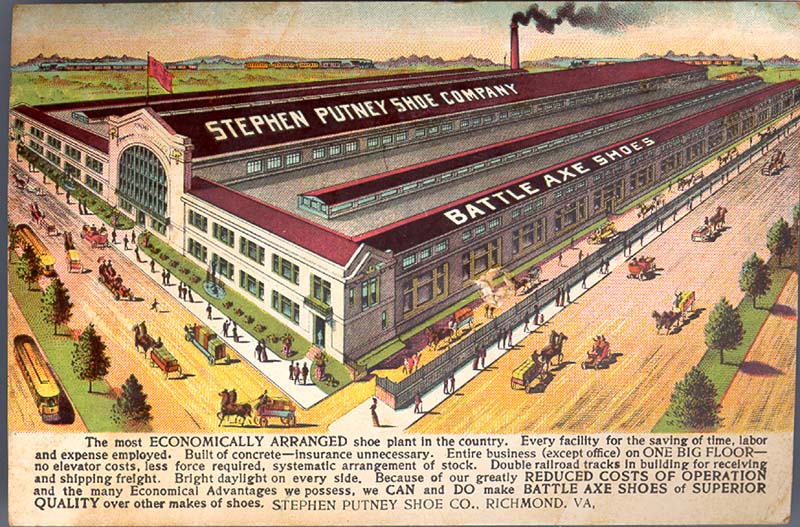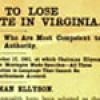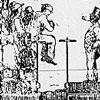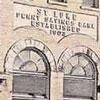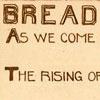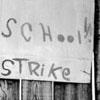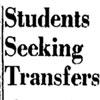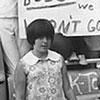The tobacco industry, along with manufacturing trades and mills, flourished in the post-Civil War era. The mass production of cigarettes modernized the tobacco industry and spurred the growth of war-devastated Richmond into a center of banking and manufacturing. Half of Richmond’s workers were employed by the tobacco industry in the late 1800s. Cities such as Danville, Lynchburg, Petersburg, and Portsmouth flourished under the economic boom of the “New South” and competed to attract factories and mills.
This postcard from the early 20th century reflects the enthusiasm for industrialization in cities such as Richmond. Cities promoted the availability of low-wage laborers to draw industry to their towns, and business and government cooperated to keep production costs low by discouraging unions. Child labor was also utilized, with children as young as 10 working in cotton mills, coal mines, and tobacco factories. This cheap labor helped Southern manufacturers compete with Northern mills, where child labor laws were increasingly enforced.
Ongoing racial discrimination further complicated the labor picture. The post-Reconstruction return of Democrats to power in Virginia restored racial attitudes and practices of the Old South, excluding blacks from economic and political opportunities.
Source: “Stephen Putney Shoe Co., Richmond, VA,” postcard, postmarked 1916, Rarely Seen Richmond: Early Twentieth Century Richmond as Seen Through Vintage Postcards, accessed September 20, 2011.


